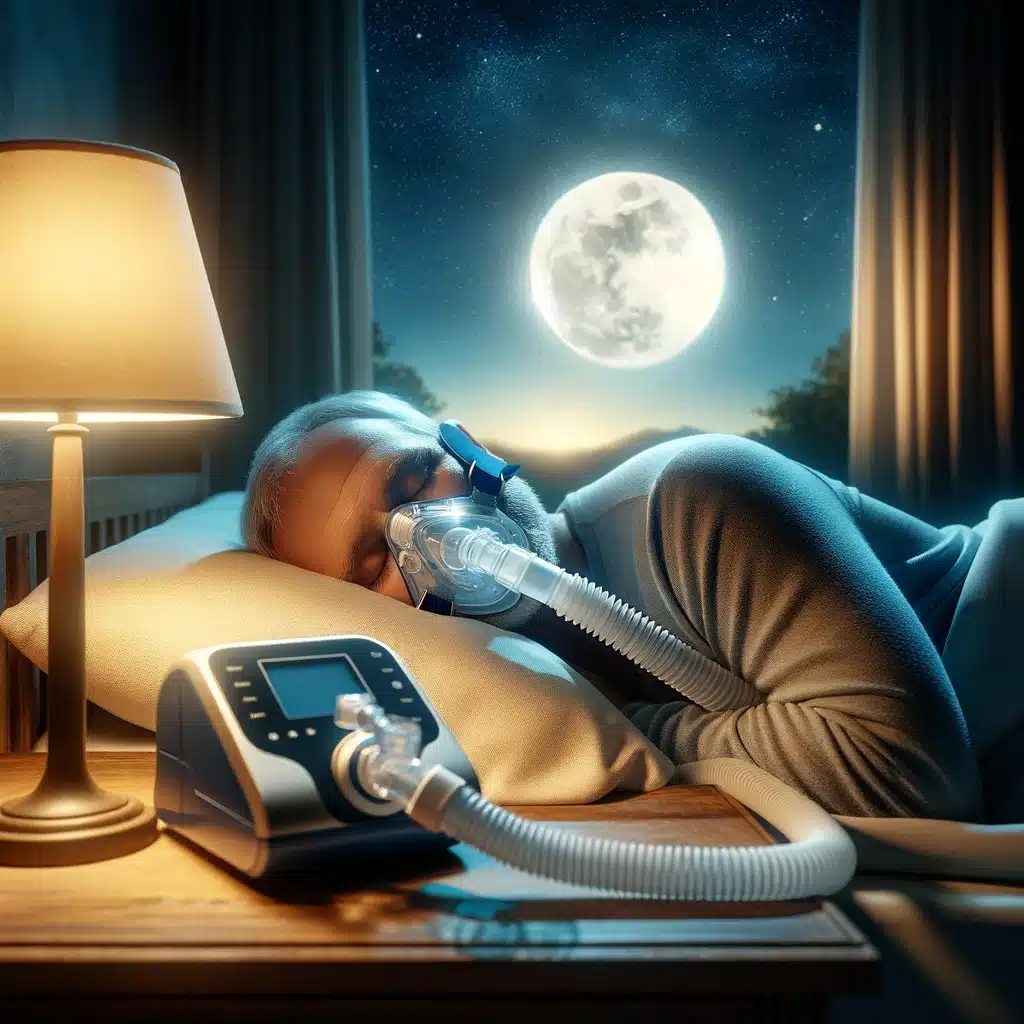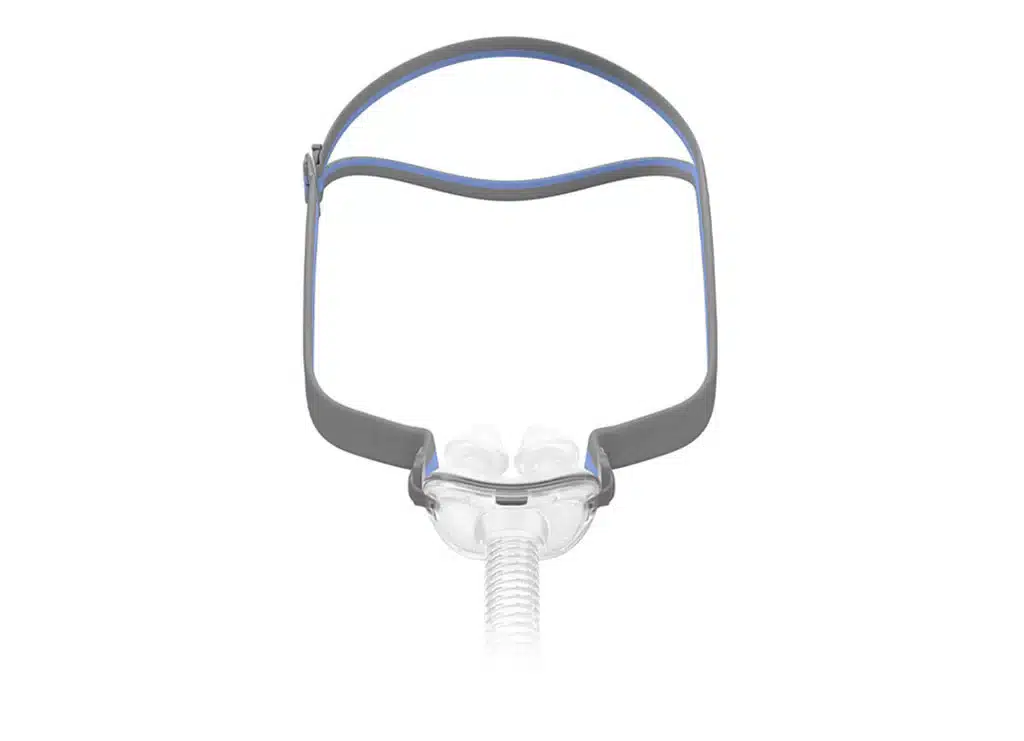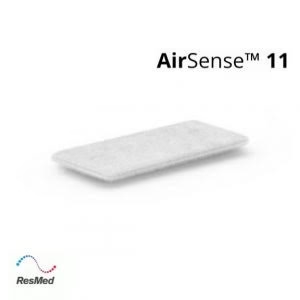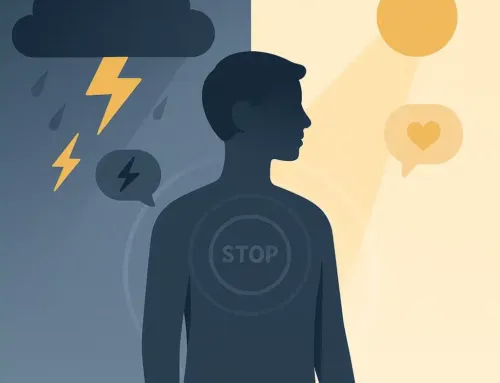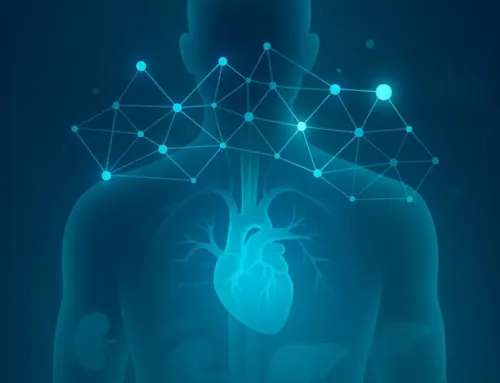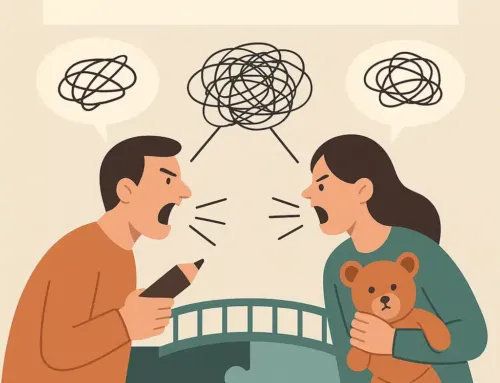
Approx. read time: 7.2 min.
Post: Understanding Sleep Apnea and Navigating CPAP Machine Coverage in Ontario
Understanding Sleep Apnea and Navigating CPAP Machine Coverage in Ontario.
It’s confirmed: I’ve got severe sleep apnea. Turns out, I stop breathing a whopping 37 times a night. Absolutely floored me. Imagine, 37 times every night, my breathing just hits the pause button, disrupting my sleep and jolting my body awake to catch a breath. This condition, known as sleep apnea, poses a serious risk if left unchecked or neglected. Post-diagnosis, in an attempt to lighten the mood for my wife, I cracked a joke about her mother. Her response?
“Care to up that count to 38, Bernard?”. I opted to sleep with one eye open.
I asked the doctor if eating more healthy like Lebanese Molokhia Stew?
She laughed and said no, that’s not how it works.
Sleep apnea is a serious sleep disorder in which breathing repeatedly stops and starts during sleep. This can lead to daytime fatigue, poor concentration, and an increased risk of serious health problems such as hypertension, heart disease, and diabetes. There are three main types of sleep apnea: obstructive sleep apnea (the most common form, caused by relaxation of throat muscles), central sleep apnea (which occurs when your brain doesn’t send proper signals to the muscles that control breathing), and complex sleep apnea syndrome (which is a combination of both obstructive and central sleep apnea).
A CPAP (Continuous Positive Airway Pressure) machine is one of the most common treatments for moderate to severe obstructive sleep apnea. The machine works by delivering a constant stream of air through a mask to gently keep the airway open throughout the night, helping the user breathe normally during sleep.
CPAP machines can indeed be expensive, and their cost varies depending on the features, brand, and supplier. In Ontario, Canada, there is a program called the Assistive Devices Program (ADP) which offers support to residents who have long-term physical disabilities and provides financial assistance to obtain assistive devices needed for daily living.
Understanding Sleep Apnea and Navigating CPAP Machine Coverage in Ontario.
Under the ADP, individuals diagnosed with sleep apnea might be eligible for funding towards the purchase of a CPAP machine. The program typically covers up to 75% of the cost of the CPAP machine, up to a maximum amount determined by the program. The patient is responsible for the remaining 25% of the cost.
To qualify for coverage under the ADP for a CPAP machine, you generally need to:
1. Be an Ontario resident with a valid Ontario Health Insurance Plan (OHIP) card.
2. Have a diagnosis of sleep apnea from a qualified healthcare provider.
3. Obtain a prescription for a CPAP machine from a sleep specialist or a respirologist.
The process usually involves undergoing a sleep study (polysomnography) to confirm the diagnosis of sleep apnea and to determine the severity of the condition. Once diagnosed, your healthcare provider will discuss the most appropriate treatment options with you, which may include the use of a CPAP machine.
If you do not have work coverage or private insurance that covers the cost of a CPAP machine, the ADP can be a valuable resource to help manage the expenses associated with sleep apnea treatment. It’s also worth checking with various suppliers as they may offer different pricing or payment plans that can make the cost more manageable.
Additionally, some charitable organizations and foundations may offer assistance or refurbished machines at a lower cost for those who qualify financially. It’s beneficial to explore all available resources and options to ensure you receive the treatment you need in a way that fits your financial situation.
Understanding Sleep Apnea and Navigating CPAP Machine Coverage in Ontario.
Untreated sleep apnea poses significant health risks due to the recurrent lack of oxygen to the brain and body. This condition, characterized by repeated interruptions in breathing during sleep, can have severe consequences if not properly managed. When breathing stops, the oxygen level in the blood drops, triggering a stress response from the body that disrupts sleep and causes a brief arousal to resume breathing. These frequent interruptions not only prevent restorative sleep but also place immense strain on the cardiovascular system.
The dangers of prolonged oxygen deprivation to the brain include increased risk of high blood pressure (hypertension), stroke, heart failure, and arrhythmias. The intermittent oxygen deprivation and the stress of repeatedly waking up also contribute to endothelial dysfunction, a precursor to vascular problems, thereby increasing the risk of heart disease. Furthermore, the fluctuating oxygen levels can lead to oxidative stress and inflammation, which are harmful to brain cells and can impair cognitive functions, memory, and mood.
The systemic effects of untreated sleep apnea extend beyond the cardiovascular and neurological systems. For instance, it can exacerbate insulin resistance, increasing the risk of type 2 diabetes. It is also associated with metabolic syndrome, a cluster of conditions that heighten the risk of heart disease, stroke, and diabetes.
In severe cases, the cumulative effects of untreated sleep apnea can lead to life-threatening conditions. The stress on the heart and brain from repeated oxygen deprivation and sudden awakenings can significantly increase the risk of serious events such as heart attack, stroke, and even sudden death during sleep. This risk is particularly elevated in individuals with severe untreated obstructive sleep apnea.
The potential for these serious health outcomes highlights the importance of diagnosing and treating sleep apnea. Effective management, often involving the use of CPAP machines, can mitigate these risks, improve sleep quality, and significantly enhance overall health and longevity. Recognizing the symptoms of sleep apnea and seeking timely medical intervention are crucial steps in preventing its dangerous consequences.
In conclusion, running on low oxygen because of sleep apnea might have you worried about turning your brain into a not-so-smart cookie. But then you look around and think,
“Hey, some folks are breezing through with all the oxygen they could want, and they’re still as dumb as a doornail”
It’s like, somehow, the universe skipped the oxygen line and handed out smarts willy-nilly. Makes you wonder if your brain’s just playing hard to get with oxygen, or if it’s really just all about how you use what you’ve got upstairs!
** Sales in Canada require a medical prescription.
Attention All CPAP Vendors and Merchants:
Related Posts:
Melatonin: The Key Hormone Regulating Sleep Across All Ages
Unveiling the Hidden Epidemic: The Struggle and Solutions for Sleep Apnea in Canada
What is Sleep Apnea? An In-depth Look at Its Causes, Symptoms, and Treatment Options
Unraveling the Mystery: How Sleep Enhances Memory in Toddlers
“Keep WiFi on during sleep” setting for Chromebooks
Microsoft Research Chief Lost ‘A Couple Weeks of Sleep’ Over ChatGPT-4


